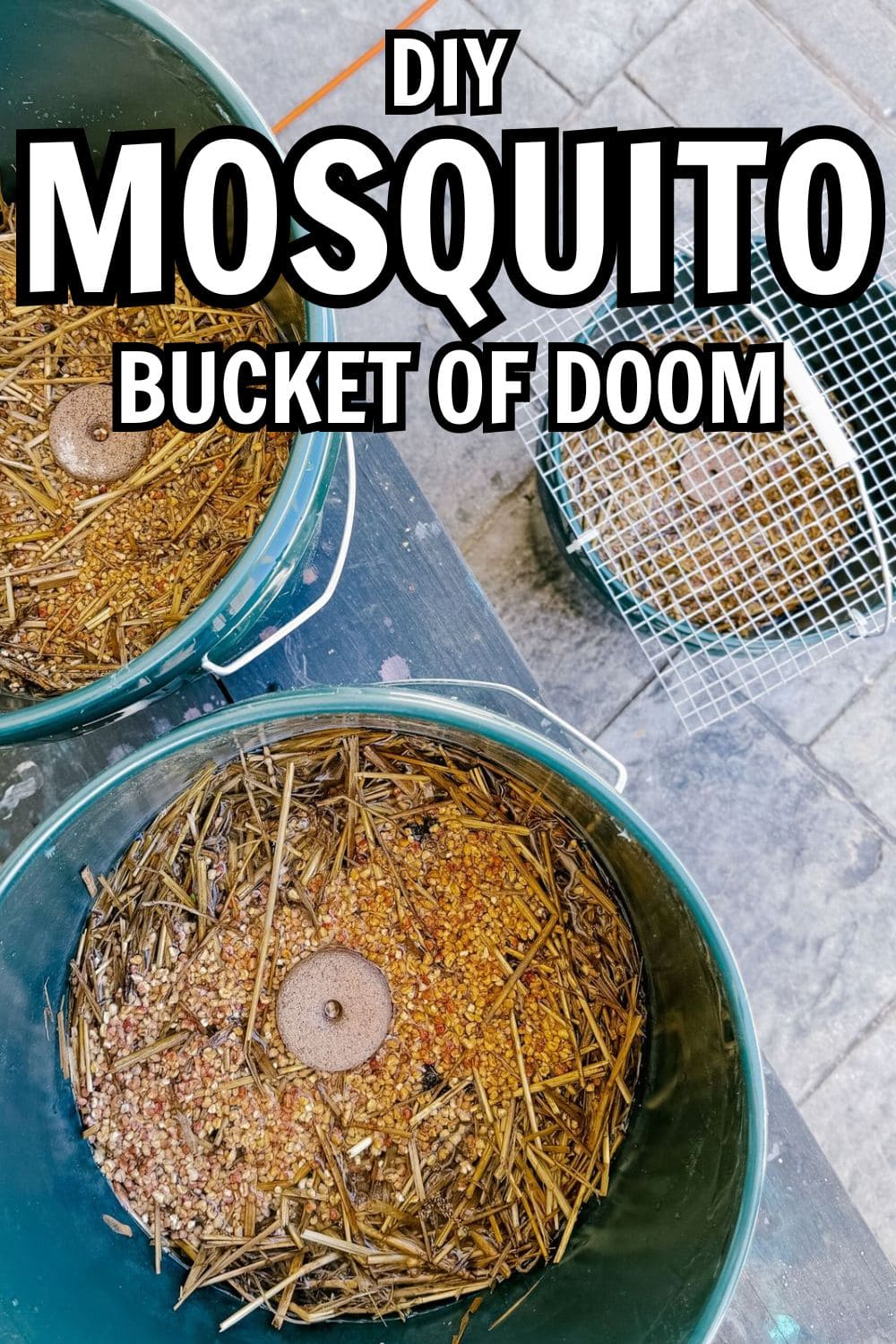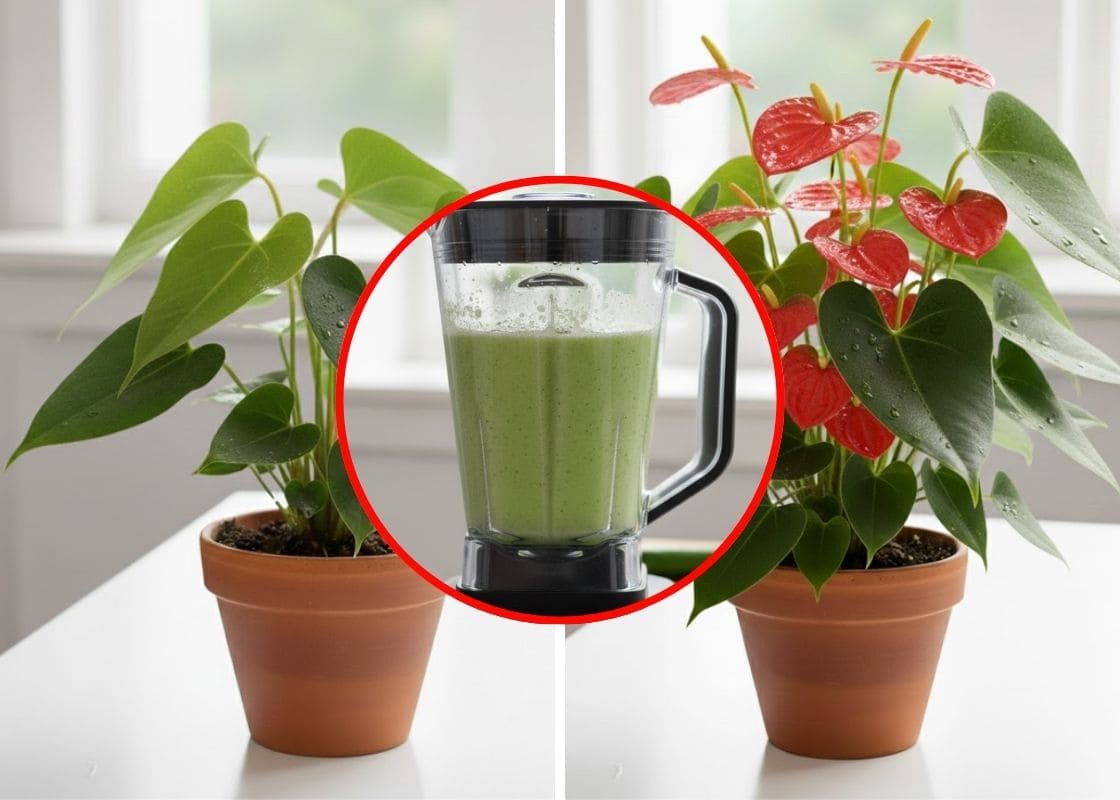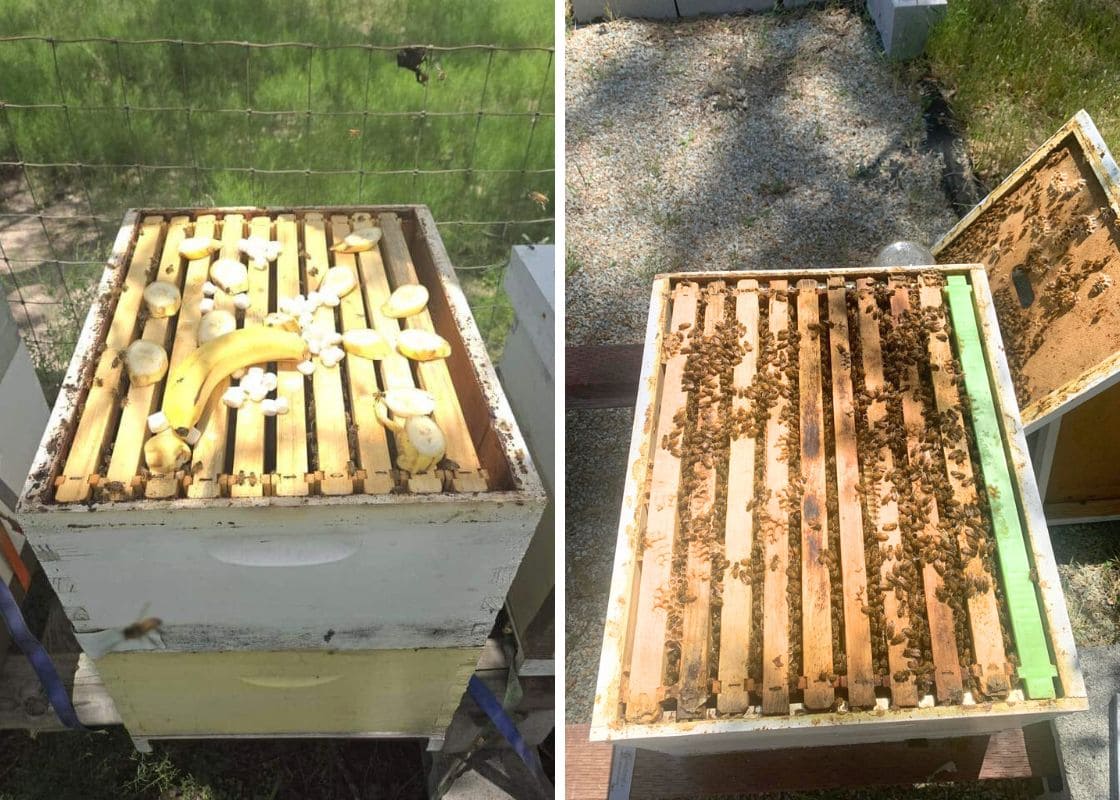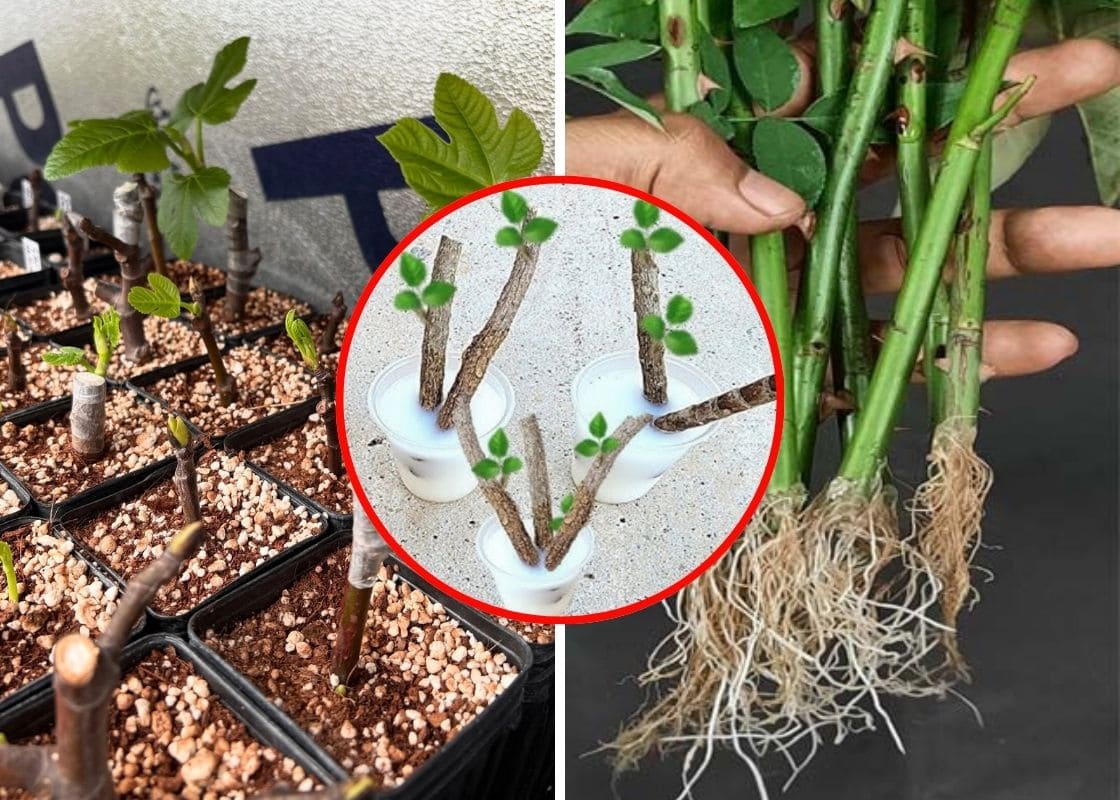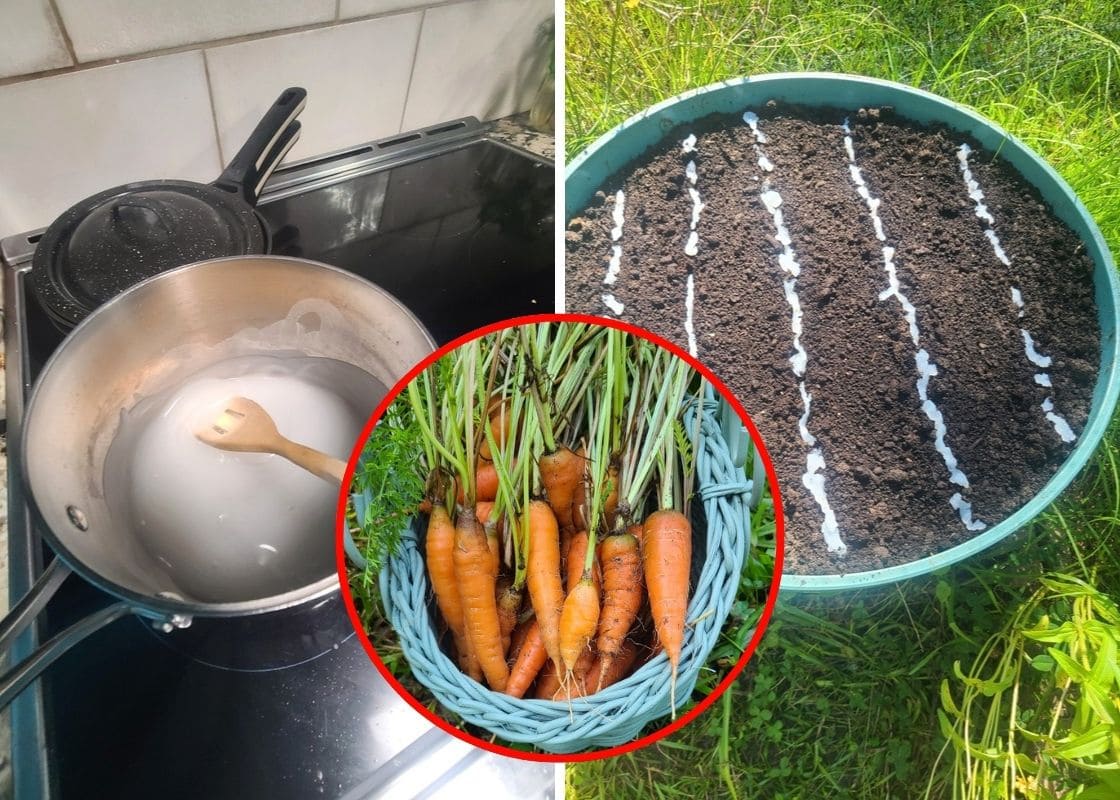If you’ve ever tried to enjoy a summer evening on your porch, only to be chased indoors by a cloud of mosquitoes, you know how relentless these pests can be.
But before you reach for chemical sprays or expensive traps, there’s a clever and natural DIY solution you might not have heard of yet: the Mosquito Bucket of Doom.
Despite its dramatic name, this method is safe, inexpensive, and incredibly effective at killing mosquitoes, specifically their larvae, before they ever get the chance to bite.
What Is the Mosquito Bucket of Doom?

At its core, it’s a 5-gallon bucket filled with mosquito tea, a funky brew made from fermented organic matter like grass clippings or hay.
This tea mimics the stagnant, nutrient-rich water mosquitoes love to lay their eggs in.
But here’s the trick: you lace the water with Bacillus thuringiensis israelensis (Bti), a naturally occurring bacteria that kills mosquito larvae once they hatch, without harming people, pets, or beneficial bugs like bees and butterflies.
It’s a win-win. Mosquitoes think they’ve found the perfect nursery. Instead, they doom their offspring.
Why Mosquito Bucket of Doom Works Better Than Sprays
Most mosquito control methods only deal with adult mosquitoes, the ones that are already biting you. But the bucket of doom tackles the problem at its source: the larvae.
Female mosquitoes are always on the hunt for still water to lay their eggs, and your bucket becomes the perfect trap.
Once the eggs hatch, the larvae feast on the water’s nutrients, only to ingest the Bti and die within hours.
What You’ll Need
Creating a Mosquito Bucket of Doom is surprisingly easy. Here’s what you’ll need:
- A 5-gallon bucket (dark-colored works best to attract mosquitoes)
- Water (tap or rainwater)
- A handful of organic material like grass clippings, hay, straw, or dried leaves
- Bti product like Mosquito Dunks or Mosquito Bits
- A stick or branch (to give small animals an escape route in case they fall in)
Optional: a cover with holes, mesh, or chicken wire to keep out pets or curious critters while still allowing mosquitoes in.
Guide to Make Mosquito Bucket of Doom
Step 1: Brew the Mosquito Tea
Fill your bucket about halfway with water. Add your grass, hay, or leaves. Then let it steep in the sun for a day or two until it starts to ferment.
You’ll know it’s ready when it smells earthy or even a little funky, that’s mosquito heaven.
Step 2: Add Bti
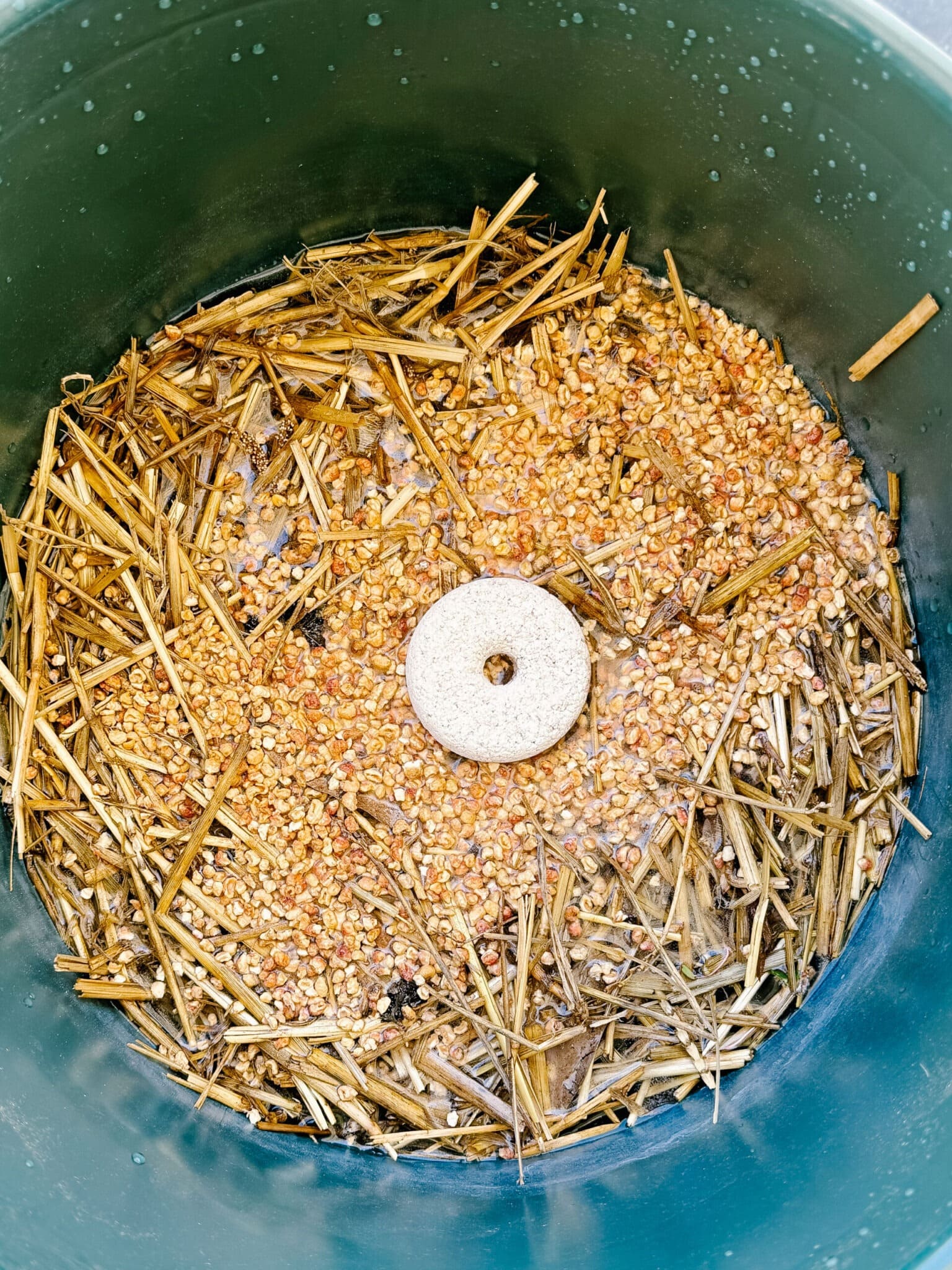
Drop in a quarter to half of a Mosquito Dunk, or sprinkle a few teaspoons of Mosquito Bits.
These contain Bti, which is harmless to everything except mosquito, fungus gnat, and black fly larvae.
Step 3: Make It Wildlife-Friendly
Insert a stick diagonally so that any small animal (like a lizard, frog, or mouse) that might fall in has a way to climb out. It’s also where mosquitoes may lay eggs.
Step 4: Place Strategically
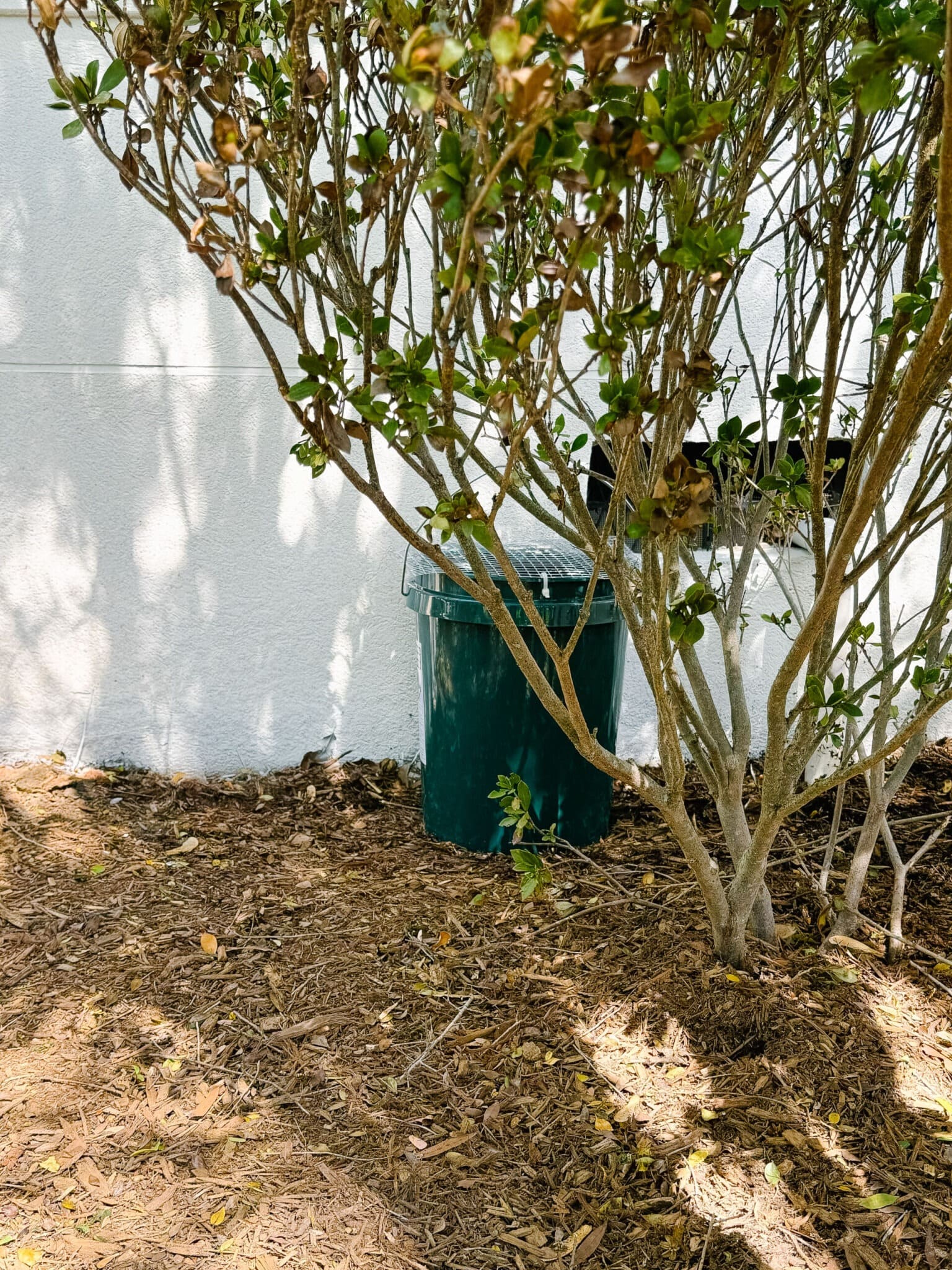
Set the bucket in a shady, sheltered spot away from your home’s main hangouts. You want to lure the mosquitoes away from where you relax, not invite them in.
Maintenance Tips
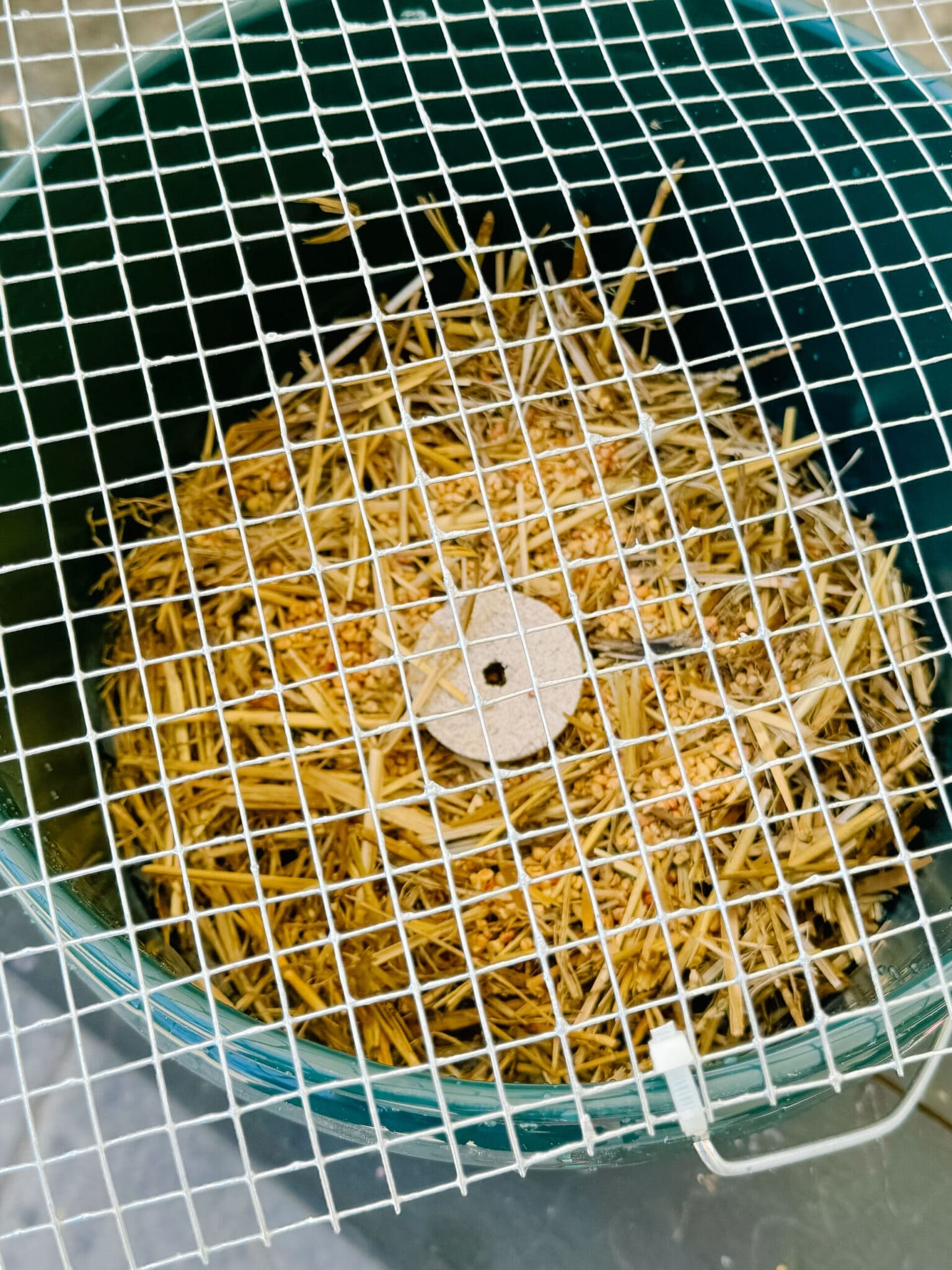
Check your bucket once a week and top it off with water if it’s getting low, especially during hot weather when it can evaporate quickly.
If the water looks too clean or stops smelling earthy, add more grass, hay, or leaves to keep it attractive to mosquitoes.
Next, reapply Bti about once a month. You can use a quarter of a Mosquito Dunk or a sprinkle of Bits, and re-dose after heavy rain if needed.
For safety, you should keep the bucket out of reach of kids and pets, or cover it with mesh. Even without chemicals, standing water can still be a hazard.
Pros & Cons of The Mosquito Bucket of Doom
This method is impressively cost-effective, just a few cents a month to maintain. It’s also safe for pets, kids, pollinators, and the environment, since Bti only targets mosquito larvae.
Additionally, it works by breaking the mosquito life cycle, stopping new mosquitoes before they can bite. The setup is simple, DIY-friendly, and doesn’t require electricity or chemicals.
However, it doesn’t kill adult mosquitoes, so results take time. You’ll need to maintain it.
For bigger yards, one bucket might not be enough. And if neglected, the bucket could become a breeding ground instead of a trap.
